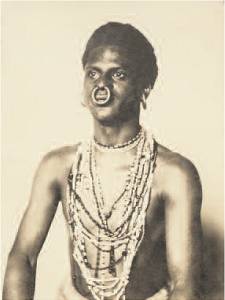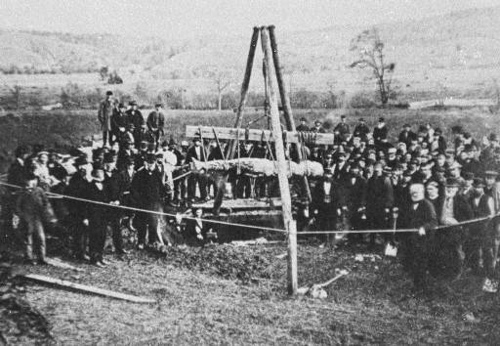The stories illustrating the sagacity of the elephant are innumerable; but few are more remarkable than the following one recorded by a writer in a Bombay paper upon the authority of an artillery officer, who was a witness of the incident:– The battering train was going to the siege of Seringapatam, when an artilleryman, who was seated on the tumbril of one of the guns, by some accident fell almost directly under the hind wheel. The elephant stationed behind the gun, perceiving the man’s danger, instantly, without any order from its keeper, lifted up the wheel with its trunk, and kept it suspended till the carriage had passed clear of him.
— Henry Williams, A Book of Curious Facts, 1903



